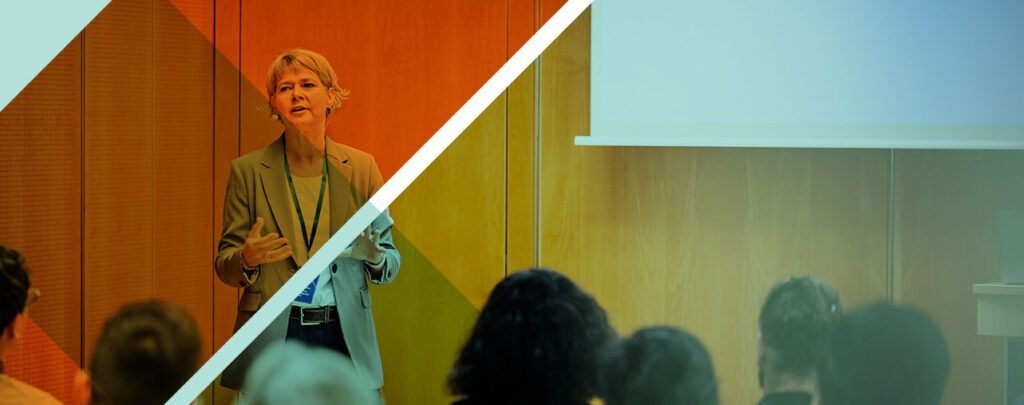Is Your Workforce Super-Connected? How to Tell and Why It Matters


- Author: Meghan Stewart
When talking about what connects people at work, it’s natural to think of the technology platforms employees use to communicate and collaborate. But it’s not just technology that builds workforce connections; connections grow when employees have experiences that build trust, respect, and a sense of belonging.
At Ingenuity, we’ve always believed in the power of employee connections to help companies thrive and grow. In fact, helping our clients create employee experiences that drive meaningful connection is at the core of everything we do.
In this post, discover all the benefits of a super-connected workforce and what you can do to cultivate one.
The Advantages of a Super-Connected Workforce
No person is an island, and most would agree it’s a good idea for employees to feel connected to the work they do and the people on their team. But it’s not just the casual or surface-level connections that matter most; it’s the experiences that go much deeper and build belonging.
When employees are super-connected and have a strong bond with their work, coworkers, manager, and company, they have a better employee experience, and everyone benefits. Consider this:
- People with strong social connections at work are happier, less stressed, and more engaged.
- Employees who feel connected at work report being more productive.
- 91% of employees who feel they belong are engaged at work, compared to only 20% of those who feel they don’t belong.
Signs of a Super-Connected Workforce (and how to get one)
When we launched our Employee Connections Study, we wanted to understand how employees prefer to connect at work. So we surveyed over 400 employees and discovered differences in their attitudes about connection. We found that super-connected employees are more likely than other employees to:
- Understand and feel aligned with their company’s values.
- Feel proud of their work, and believe it positively impacts the company’s customers.
- Feel valued and respected by their manager and team.
Chances are you already have some super-connected employees in your workforce who hold these attitudes. The following actions will help you maintain that connectedness and cultivate it in less-connected employees:
1. Elevate team meetings
Our survey respondents ranked team meetings as the number one aspect of work life that helped them feel connected at work. Therefore, no more meetings that could have been an email! Instead, keep team meetings fresh and collaborative, not just for sharing updates. Treat each meeting as a time to strengthen team relationships, share feedback, and keep everyone aligned on team goals and deliverables.
2. Improve one-on-one meetings
An Enboarder survey found that unsupportive managers were the biggest cause of employees feeling disconnected at work. Additionally, our survey found that 1:1s were one of the top three drivers of connection. So make every one-on-one meeting an opportunity for connection. Carve out regularly-scheduled time for open dialogue and employee support.
3. Reinforce your culture in company meetings
All-hands and company meetings don’t have to be reserved just for sharing big strategy announcements. Make sure they also offer employees a chance to connect with leaders and each other on an informal level. In fact, super-connected employees in our survey were more likely to have a meaningful interaction with a senior leader in their organization at least weekly.
Company meetings can be as fun and creative as you make them. One of our clients had everyone play “Buzzword Bingo” at a company meeting, and it really helped employees and leaders bond over their shared experiences.
4. Assess your rewards and recognition programs
“Total rewards” was the only non-meeting-related aspect of work life that employees in our survey ranked highly for helping them feel connected at work. Go beyond the basics of compensation and benefits, and evaluate your pay, benefits, and recognition programs for new opportunities to address employees’ evolving needs.
Every organization and workforce has unique qualities and cultural norms that help employees feel connected. But, as we’ve found in our research, the things that drive super-connected employees—meaningful connections with their manager and coworkers—can hold the keys to building a more positive employee experience.
For more insights, download a copy of our Employee Connections Study and follow us on LinkedIn.


